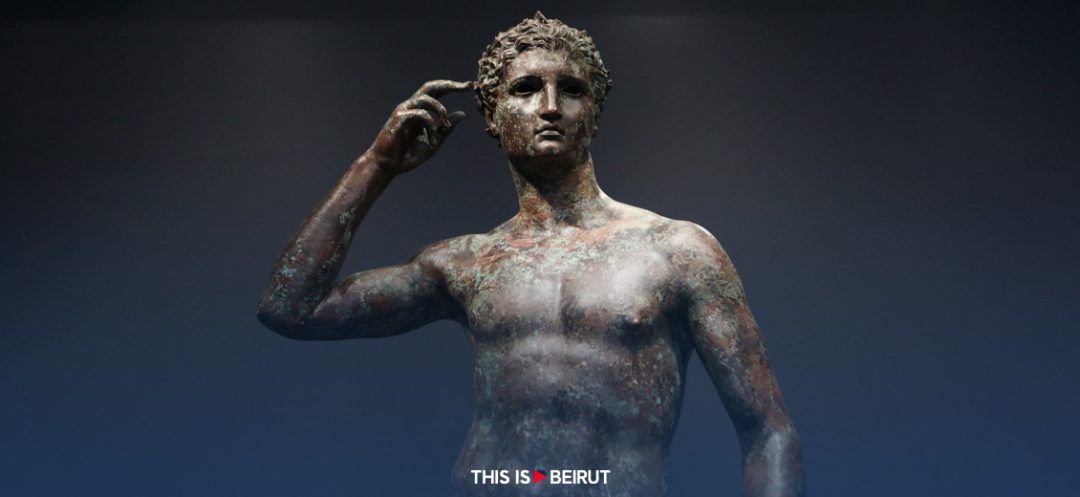
©Photo by Mario Tama Getty Images/AFP
The European Court of Human Rights ruled that Italy can confiscate the Victorious Youth statue from the Getty Museum, settling a long-standing dispute over the artwork’s rightful ownership.
The European Court of Human Rights (ECHR) upheld Italy’s claim to an ancient Greek bronze statue currently housed in the Getty Museum in Los Angeles. The statue, known as Victorious Youth in the United States, depicts a nude athlete and was discovered in the Adriatic Sea in 1964.
The sculpture’s journey has been a contentious one, with the statue vanishing after its discovery until the Getty Museum purchased it in 1977 for $3.9 million. Since then, the museum has refused to return the artwork to Italy, despite Rome’s efforts to recover it.
Italy’s top tribunal upheld a confiscation order for the bronze in 2019, prompting the Getty Museum to appeal to the ECHR, arguing that the confiscation went against the fundamental right to property protected by the European Convention on Human Rights. However, the court rejected the museum’s appeal, agreeing with Italian judges that the statue belongs to Italy’s cultural heritage due to its recovery by an Italian-flagged ship and the "continuum between Greek civilization and the subsequent Roman cultural experience."
The ECHR stressed that an acquirer of property must carefully investigate its origin to avoid possible confiscation claims and that the Getty Trust had disregarded legal requirements by purchasing the statue without proof of its legitimate provenance and with full knowledge of Italy’s claims over it.
Italian Culture Minister Gennaro Sangiuliano expressed satisfaction with the ruling, stating that Italy has been working "flat out" to get the statue back and that the country no longer lends works to museums with which it has disputes.
However, the Getty Museum maintains its position that it’s nearly fifty-year public possession of the artwork is "appropriate, ethical and consistent with American and international law." A spokesperson for the museum stated that they are considering their options and will continue to defend their possession of the statue in all relevant courts if necessary.
This is not the first time the Getty Museum has clashed with Italy over disputed artworks. In 2007, the museum struck a deal with Rome for the return of 42 ancient objects that Italy claimed had been stolen and illegally exported.
The case of the Victorious Youth statue highlights the ongoing debate surrounding the ownership and repatriation of cultural artifacts. Many countries, like Italy, argue that artworks and artifacts discovered within their borders or tied to their cultural heritage should be returned, while museums often contend that their possession of these objects is legal and contributes to the global appreciation and understanding of art and history.
As the world becomes increasingly aware of the complex histories behind many museum acquisitions, cases like this one are likely to continue to arise. The ECHR’s decision in favor of Italy may set a precedent for future disputes and could encourage other countries to pursue the return of cultural artifacts held in foreign museums.
The Getty Museum, backed by the world’s wealthiest art foundation, has the resources to continue its legal battle, but it remains to be seen whether public opinion and international pressure will influence the museum’s stance on the Victorious Youth statue and other disputed artworks in its collection.
With AFP
Read more



Comments